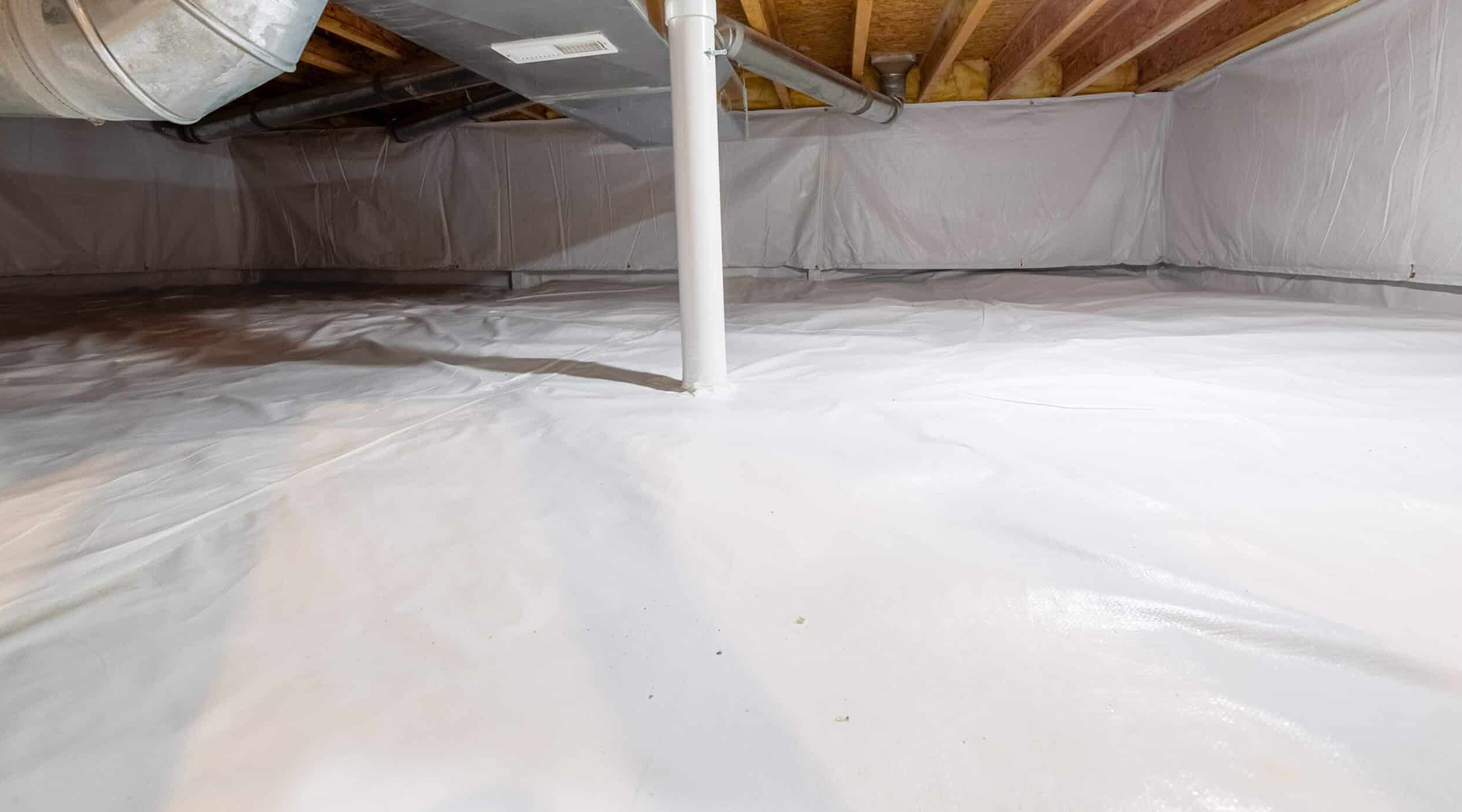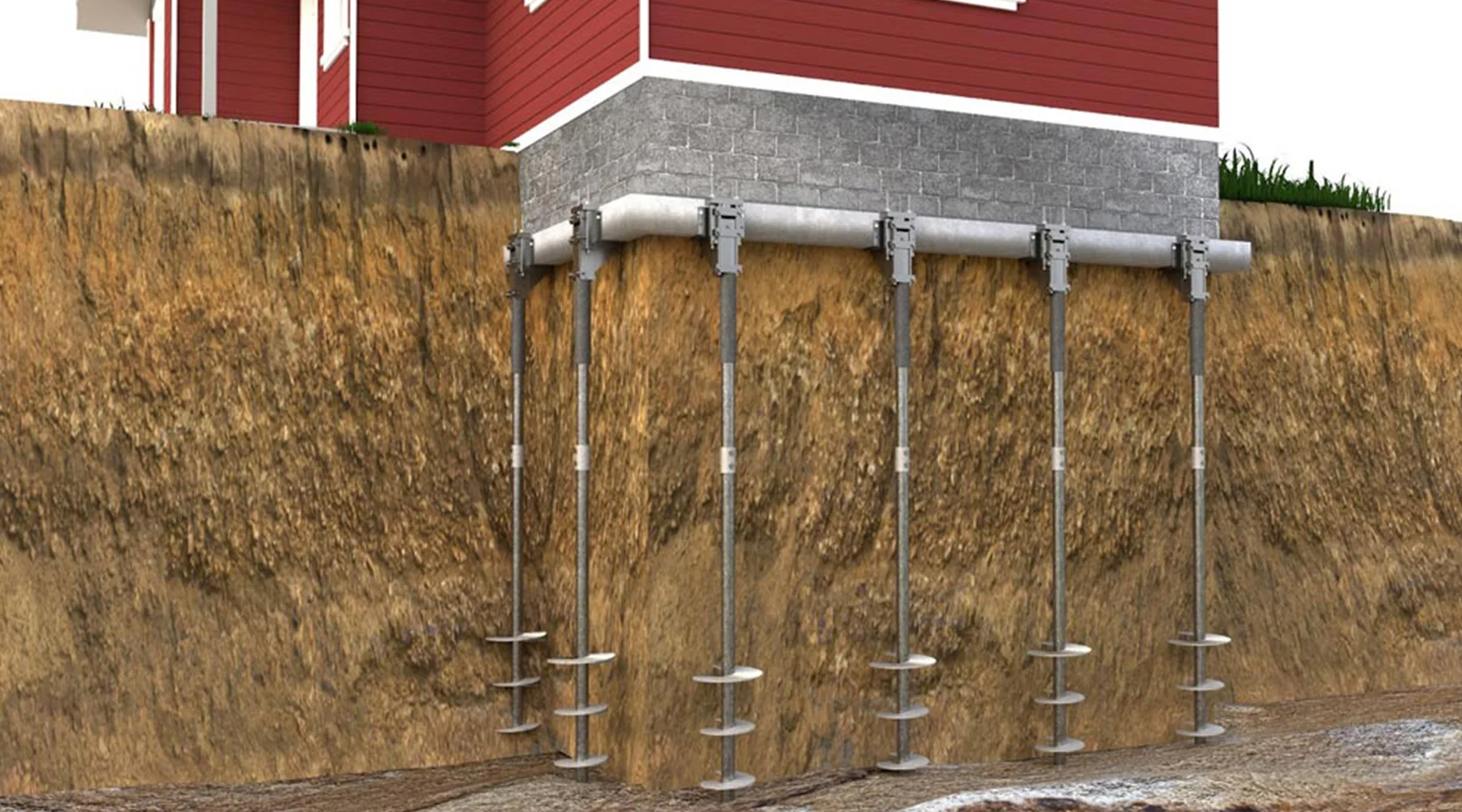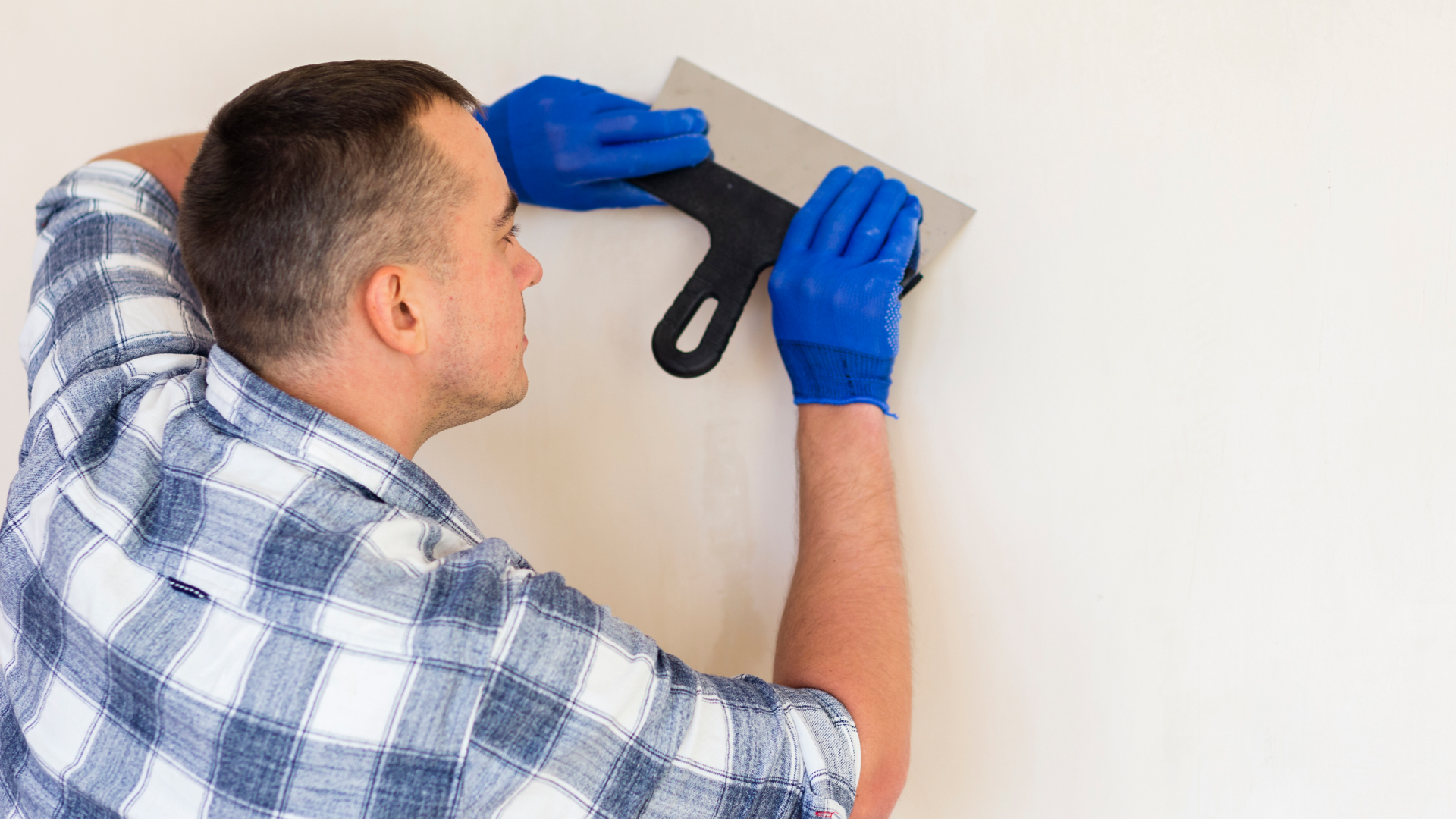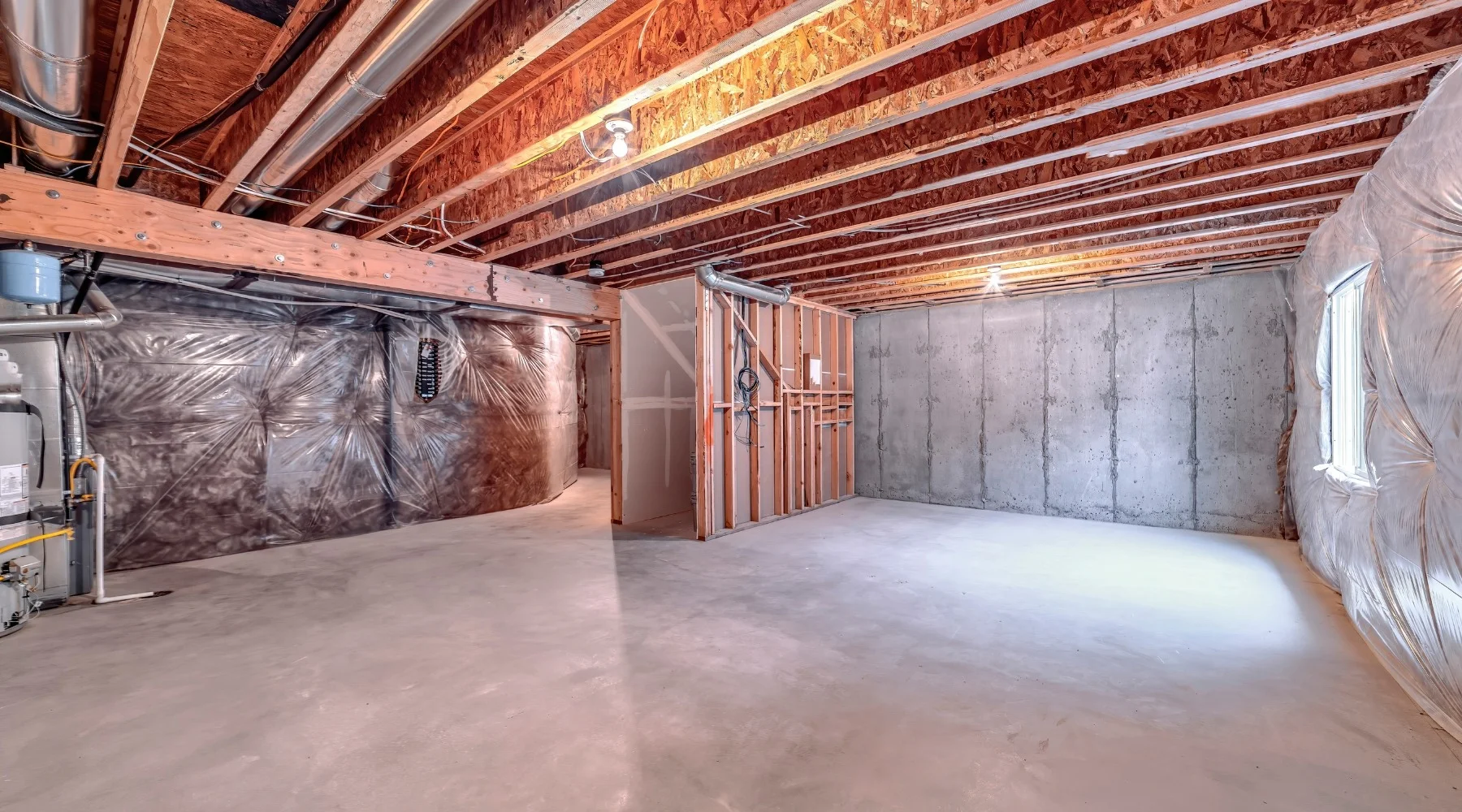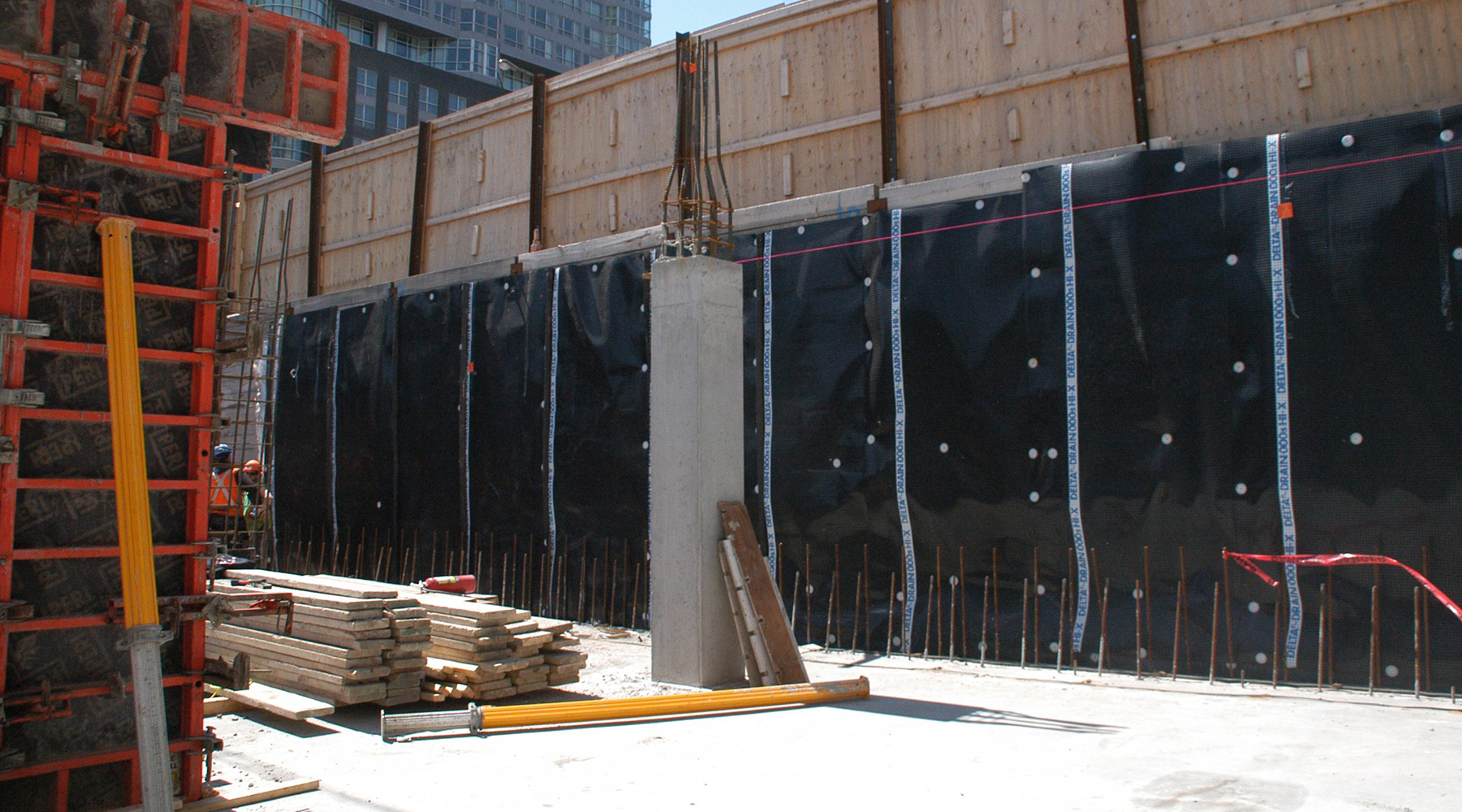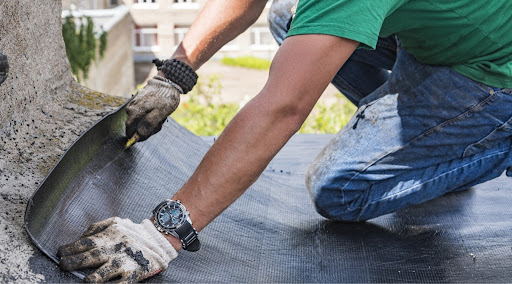Commercial buildings represent substantial assets that require complete protection from the ground up. Among the most critical yet often overlooked aspects of commercial building protection is foundation waterproofing. Water intrusion through foundations can lead to extensive structural damage, create unhealthy indoor environments, and result in costly repairs and business disruptions.
At Tri-State Waterproofing, we’ve helped countless commercial property owners throughout Georgia, South Carolina, and North Carolina protect their investments with professional foundation waterproofing solutions. This comprehensive guide explores the importance of commercial foundation waterproofing, available methods, best practices, and considerations for protecting your business property effectively.
Commercial properties face unique risks—learn how commercial waterproofing prevents costly long-term damage.
Why Does Commercial Foundation Waterproofing Matter?
Before exploring specific waterproofing approaches, it’s essential to understand what’s at risk when commercial foundations lack proper moisture protection:
Structural Integrity Concerns
Water infiltration strikes a building’s structural foundation in numerous ways:
- Concrete deterioration: Water penetration leads to cracking, spalling, and reduced structural capacity
- Steel reinforcement corrosion: Moisture causes rebar to rust and expand, further damaging concrete
- Soil destabilization: Water saturation around foundations can cause settling or shifting
- Freeze-thaw damage: In colder climates, water expands when frozen, creating additional pressure and cracking
“Foundation waterproofing isn’t just about keeping basements dry,” explains a commercial waterproofing specialist at Tri-State Waterproofing. “It’s about maintaining the structural goodness of the entire building. Once water begins to compromise a foundation, the damage can progress throughout the structure.”
Financial Implications
The financial consequences of inadequate foundation waterproofing can be severe:
- Repair costs: Foundation water damage repairs can run into hundreds of thousands of dollars for commercial buildings
- Business interruption: Remediation often requires operational disruptions that impact revenue
- Increased insurance premiums: Claims history can drive up long-term insurance costs
- Decreased property value: History of water issues negatively impacts building valuation
- Tenant compensation: Potential liability for damage to tenant property or business interruption
Health and Safety Risks
Beyond structural & financial concerns, water intrusion creates serious health and safety risks:
- Mold & mildew growth: Develops within 24-48 hours of water exposure
- Inadequate indoor air quality: Affects occupant health & productivity
- Slip hazards: Water accumulation creates dangerous conditions
- Electrical system damage: Moisture in electrical systems poses fire and shock risks
- Construction material contamination: Waterborne pollutants can impact building materials
Commercial Foundation Waterproofing: Key Approaches and Systems
Commercial foundation waterproofing typically involves multiple complementary systems working together to manage water effectively:
1. External Waterproofing Membranes
External waterproofing membranes deliver the first line of protection against groundwater intrusion:
Key Components:
- Pre-applied membranes: Installed before concrete placement in new construction
- Post-applied membranes: Applied to exterior foundation walls after construction
- Self-adhering sheets: Bituminous or synthetic rubber membranes with adhesive backing
- Fluid-applied membranes: Sprayed or troweled coatings that cure to form seamless barriers
- Bentonite clay systems: Natural clay materials that expand when wet to seal against water
Application Considerations:
- Requires access to exterior foundation walls
- More feasible during new construction
- Existing buildings may require excavation
- Must be protected during backfill operations
- Should be integrated with drainage systems
2. Drainage Systems
Effective drainage complements waterproofing gutters by directing water away from foundation walls:
Key Components:
- Foundation drainage boards: Dimpled plastic sheets that create drainage channels
- Perforated drain pipes: Collect and redirect groundwater
- Gravel drainage layers: Provide pathways for water movement
- Sump pump systems: Actively remove accumulated water
- Proper grading: Ensures surface water flows away from the building
Application Considerations:
- Drainage board selection based on soil conditions and water volume
- Proper filter fabric installation to prevent clogging
- Adequate slope on drain pipes for gravity flow
- Consideration of power backup for sump systems
- Integration with site stormwater management
3. Crystalline Waterproofing
Crystalline waterproofing technologies work within the concrete itself to provide water resistance:
Key Components:
- Integral crystalline admixtures: Added to concrete during mixing
- Surface-applied crystalline treatments: Applied to existing concrete
- Crystalline repair materials: Used for cracks and construction joints
- Crystalline water stops: Specialized products for construction joints
Application Considerations:
- It can be utilized in new construction or renovation
- Works with positive or negative side water pressure
- Self-healing capabilities for hairline cracks
- Becomes an integral part of the concrete structure
- Often used as a complementary system with membranes
4. Bentonite Clay Waterproofing
Bentonite clay systems utilize the natural properties of this material to create waterproof barriers:
Key Components:
- Bentonite panels: Sheets containing sodium bentonite clay
- Bentonite geotextile composites: Clay sandwiched between geotextile layers
- Granular bentonite: Applied in specific areas or mixed with soil
- Bentonite water stops: Specialized products for construction joints
Application Considerations:
- Particularly effective in wet conditions or high water tables
- Requires proper confinement to function effectively
- Must be protected from premature hydration during installation
- A long history of use in critical waterproofing applications
- Environmentally friendly natural material
5. Cementitious Waterproofing
Cementitious waterproofing systems provide rigid, mineral-based protection:
Key Components:
- Polymer-modified cementitious coatings: Applied to concrete surfaces
- Waterproofing mortars: Used for repairs and surface preparation
- Cementitious slurries: Brush or spray applied to foundation walls
- Rigid waterproofing overlays: Applied in thicker layers for additional protection
Application Considerations:
- This can be used for the positive or negative side
- Requires proper surface preparation
- Maybe more brittle than membrane systems
- Often used in conjunction with other waterproofing methods
- Particularly useful for water-containing structures
Special Considerations for Commercial Foundation Waterproofing
Commercial buildings present unique waterproofing challenges that require specialized approaches:
Deep Foundations and Complex Geometries
Commercial buildings usually have deeper foundations and more complicated geometries than residential structures:
- Multiple foundation levels: Require careful waterproofing transitions
- Elevator pits Need extra protection due to the depth below the water table
- Grade beams & pile caps: Present challenging waterproofing details
- Expansion joints: Must maintain waterproofing continuity while allowing movement
- Service penetrations: Require specialized sealing solutions
High Water Tables and Hydrostatic Pressure
Many commercial buildings, particularly in urban areas or coastal regions, must contend with high water tables:
- Hydrostatic pressure management: Systems must withstand constant water pressure
- Buoyancy concerns: May require additional structural design to prevent flotation
- Dewatering during construction: Specialized approaches for building below the water table
- Redundant systems: Multiple waterproofing layers for critical applications
- Monitoring systems: Sensors and monitoring points to verify performance
Phased Construction and Sequencing
Commercial projects often involve complex construction sequencing that impacts waterproofing:
- Blind-side waterproofing: Applied before foundation walls are cast
- Coordination with multiple trades: Ensuring waterproofing integrity across work phases
- Temporary protection: Safeguarding partially completed waterproofing during construction
- Quality control across phases: Maintaining consistent standards throughout the project
- Documentation and verification: Tracking waterproofing installation across the project timeline
Quality Assurance and Testing for Commercial Waterproofing
Given the high stakes of commercial waterproofing, comprehensive quality assurance is essential:
Pre-Installation Testing and Verification
Before waterproofing installation begins:
- Material verification: Confirming products meet specifications
- Mockups: Checking installation quality before full-scale application
- Substrate testing: Verifying concrete moisture content and surface preparation
- Compatibility testing: Ensuring different waterproofing components work together
- Environmental monitoring: Confirming suitable conditions for installation
Installation Monitoring
During the waterproofing process:
- Full-time inspection: Independent verification of proper installation
- Documentation: Detailed records of materials and methods used
- Thickness verification: Confirming proper application rates and coverage
- Detail inspection: Special attention to critical transitions and terminations
- Photographic documentation: Visual record of completed waterproofing before concealment
Post-Installation Testing
After waterproofing is complete:
- Flood testing: Where appropriate, testing horizontal surfaces with standing water
- Electronic leak detection: Non-destructive testing to locate potential breaches
- Infrared thermography: Identifying moisture intrusion through temperature differentials
- Vacuum testing: Verifying the integrity of specific details
- Monitoring wells: In some cases, installing permanent monitoring points
Maintenance and Long-Term Performance
Commercial foundation waterproofing requires ongoing attention to ensure continued performance:
Regular Inspection and Maintenance
Proactive maintenance programs should include:
- Periodic visual inspections: Checking for signs of damage
- Drainage system cleaning: Ensuring continued proper function
- Sump pump testing: Verifying operation and backup systems
- Exterior maintenance: Managing landscaping, drainage, and other exterior factors
- Joint and penetration reviews: Checking critical details for deterioration
Addressing Early Warning Signs
Prompt response to potential issues prevents escalation:
- Efflorescence: White mineral deposits indicating water movement through concrete
- Dampness or humidity: Elevated moisture levels in below-grade spaces
- Musty odors: Potential indicator of hidden moisture issues
- Concrete spalling: Surface deterioration that may indicate water damage
- Rust staining: Possible sign of reinforcement corrosion
Selecting the Right Commercial Waterproofing Partner
The success of commercial foundation waterproofing relies significantly on choosing the correct waterproofing partner:
Expertise and Experience
Look for a provider with:
- Commercial-specific experience: Understanding of commercial building challenges
- Technical knowledge: Familiarity with various waterproofing systems and their applications
- Problem-solving ability: Experience addressing complex waterproofing challenges
- Industry credentials: Relevant certifications and manufacturer approvals
- Successful track record: Demonstrated history of effective commercial waterproofing
Comprehensive Approach
Effective waterproofing partners offer:
- Thorough assessment: Detailed evaluation of site conditions and requirements
- Engineered solutions: Technically sound approaches based on building science
- System integration: Coordination of multiple waterproofing components
- Quality control processes: Rigorous verification throughout installation
- Documentation and warranties: Clear records and meaningful protection
Tri-State Waterproofing’s Commercial Foundation Waterproofing Solutions
At Tri-State Waterproofing, we bring decades of experience to commercial waterproofing challenges throughout Georgia, South Carolina, and North Carolina. Our comprehensive approach includes:
Expert Assessment
We start with a thorough evaluation of your property:
- Site analysis: Evaluating soil conditions, drainage patterns, and water table
- Building assessment: Reviewing foundation design and existing conditions
- Problem identification: Pinpointing current or potential water intrusion issues
- Risk evaluation: Assessing the potential impact of water intrusion
- Code compliance review: Ensuring solutions meet applicable regulations
Customized Solutions
Based on our assessment, we developed custom waterproofing suggestions:
- System selection: Choosing appropriate waterproofing approaches
- Detail development: Creating solutions for transitions and special conditions
- Integration planning: Coordinating waterproofing with other building systems
- Phasing strategy: Aligning waterproofing with construction sequencing
- Budget optimization: Maximizing protection within project constraints
Quality Implementation
Our experienced teams deliver superior installation quality:
- Proper preparation: Ensuring substrates are ready for waterproofing
- Material verification: Confirming products meet specifications
- Precise application: Following manufacturer policies and industry best practices
- Detail attention: Carefully executing critical transitions and terminations
- Thorough documentation: Recording all aspects of the waterproofing installation
Ongoing Support
Our relationship continues after project completion:
- Maintenance guidance: Providing information on system care
- Inspection services: Offering periodic evaluation of waterproofing performance
- Prompt response: Addressing any concerns that arise
- Warranty support: Standing behind our work with meaningful guarantees
- Future planning: Assisting with waterproofing considerations for renovations or expansions
Conclusion: Protecting Your Commercial Investment
Commercial foundation waterproofing represents a critical investment in your building’s long-term performance, value, and functionality. By implementing appropriate waterproofing systems during construction or renovation, commercial property owners can prevent costly water damage, protect structural integrity, and maintain healthy indoor environments.
At Tri-State Waterproofing, we’re committed to helping commercial property owners throughout Georgia, South Carolina, and North Carolina protect their investments with professional waterproofing solutions. Our expertise in commercial foundation waterproofing ensures your building has the protection it needs from the ground up. Ready to discuss your commercial waterproofing needs? Contact Tri-State Waterproofing at (770) 869-7888 to schedule a consultation with our commercial waterproofing specialists.

